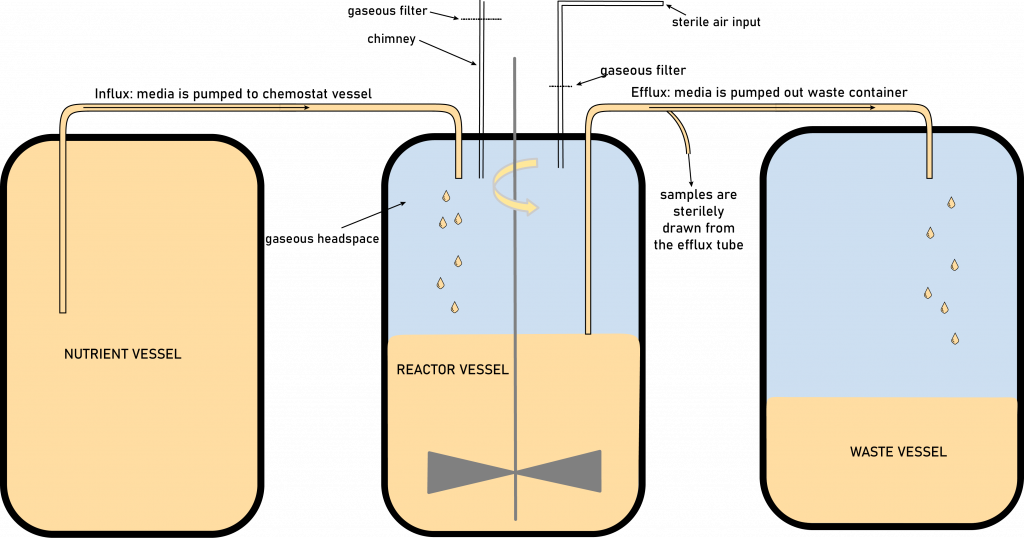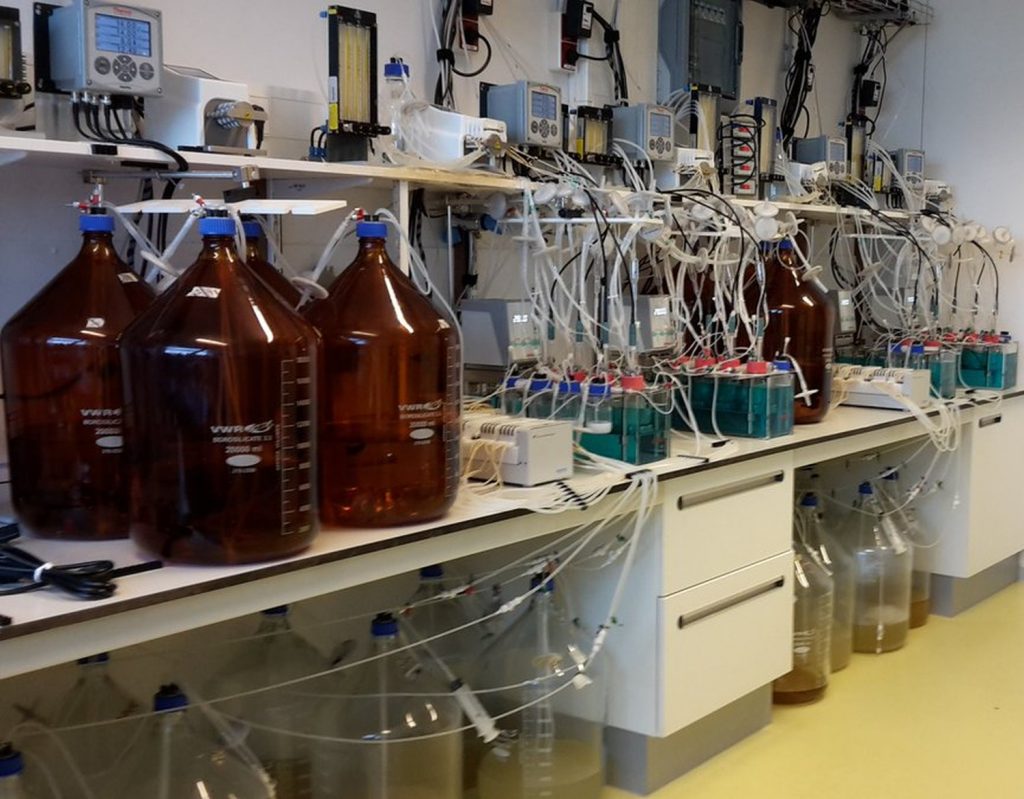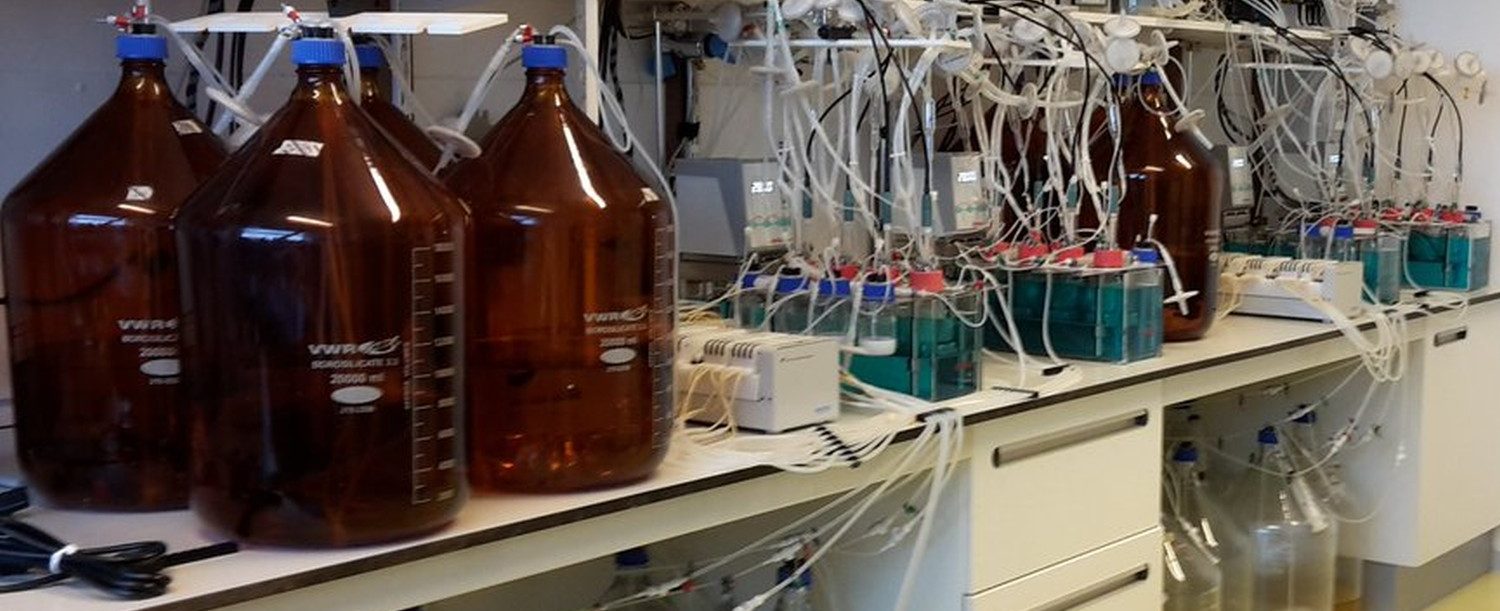“We know multicellularity has evolved at least 25 different times in the history of life on Earth, but we don’t know exactly how it happened,” says Cyrus Mallon, PhD in theoretical and evolutionary community ecology in Groningen. “One thing we do know is that at the time multicellularity first appeared the amount of oxygen in the atmosphere was a fraction of what it is today. So we’re recreating those conditions in the laboratory, evolving bacteria under those conditions, and trying to understand why evolution might favor a multicellular rather than unicellular strategy of survival.”
In the project professor Rampal Etienne and his team hypothesize that minute and fluctuating levels of the early oxygenic atmosphere provided unique conditions for multicellular life to evolve because such conditions selected for a division of labor (DoL) amongst unicellular organisms.
With the use of experimental evolution in chemostats, the research team will evolve all possible pairs of three facultatively anaerobic bacterial species across an oxygen gradient of anoxic, dysoxic, fluctuating anoxia and dysoxia, and oxic conditions.


After 500 generations, the research team hypothesizes a DoL to evolve in the fluctuating treatment, where complete glucose fermentation (anaerobic) is selected for in one species, creating fermentation products (ethanol, acetate, lactate) that will be aerobically metabolized by a second species. This clear separation of anerobic and aerobic metabolism will be confirmed by comparing the transcribed genomes of all treatments. Professor Etienne and his team will also use metabolic modelling to study whether evolving a DoL in dynamic oxygen conditions indeed provides an advantage to each species, and provides a more (evolutionarily) stable solution than a single species performing glycolysis.
This project start in May 2021 and runs until October 2021




